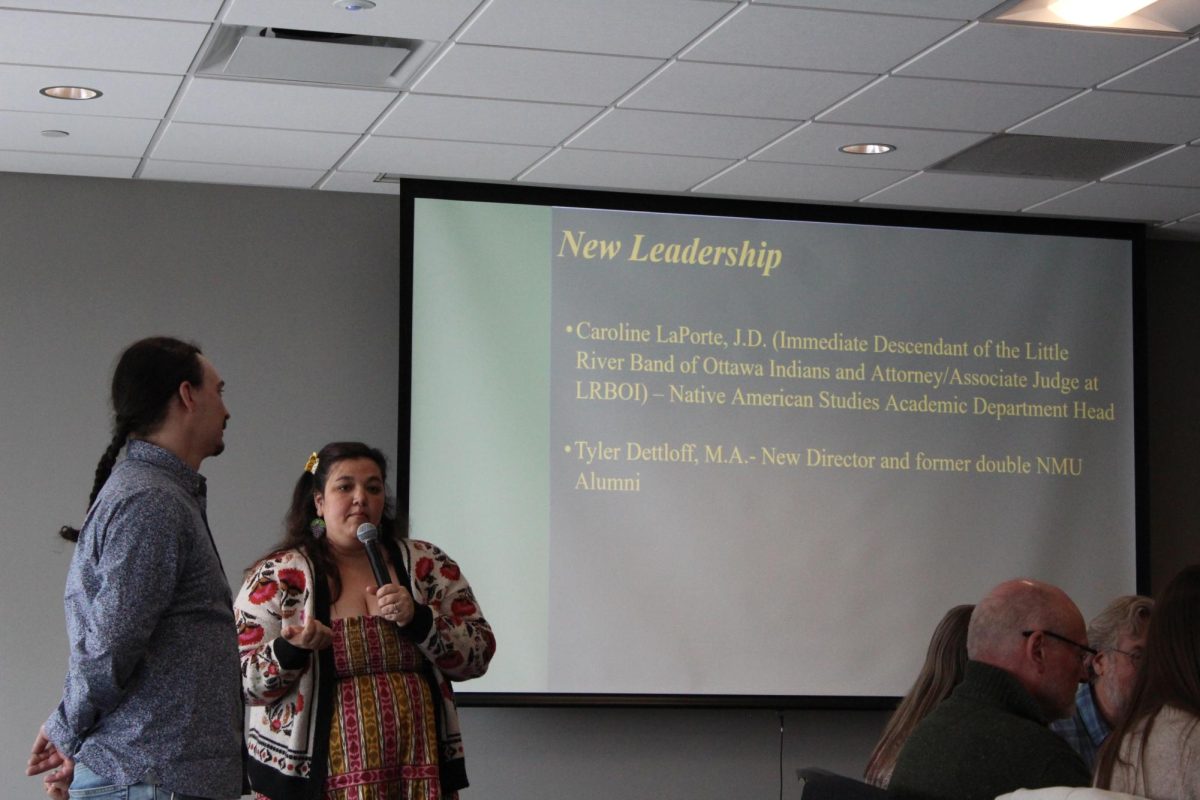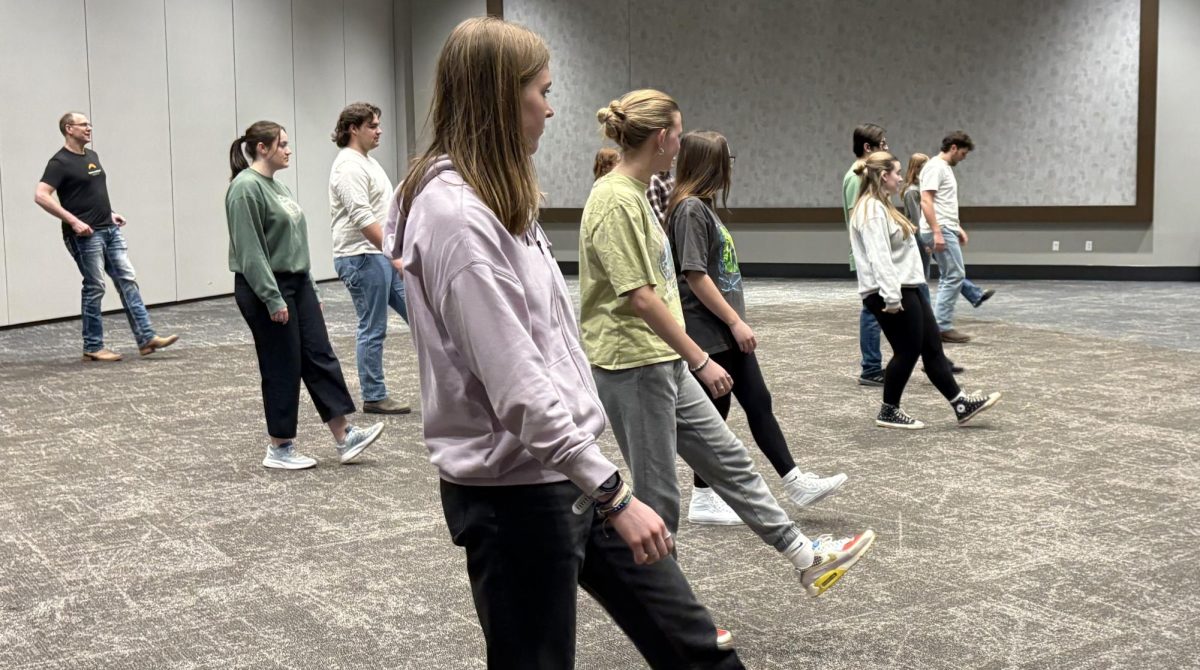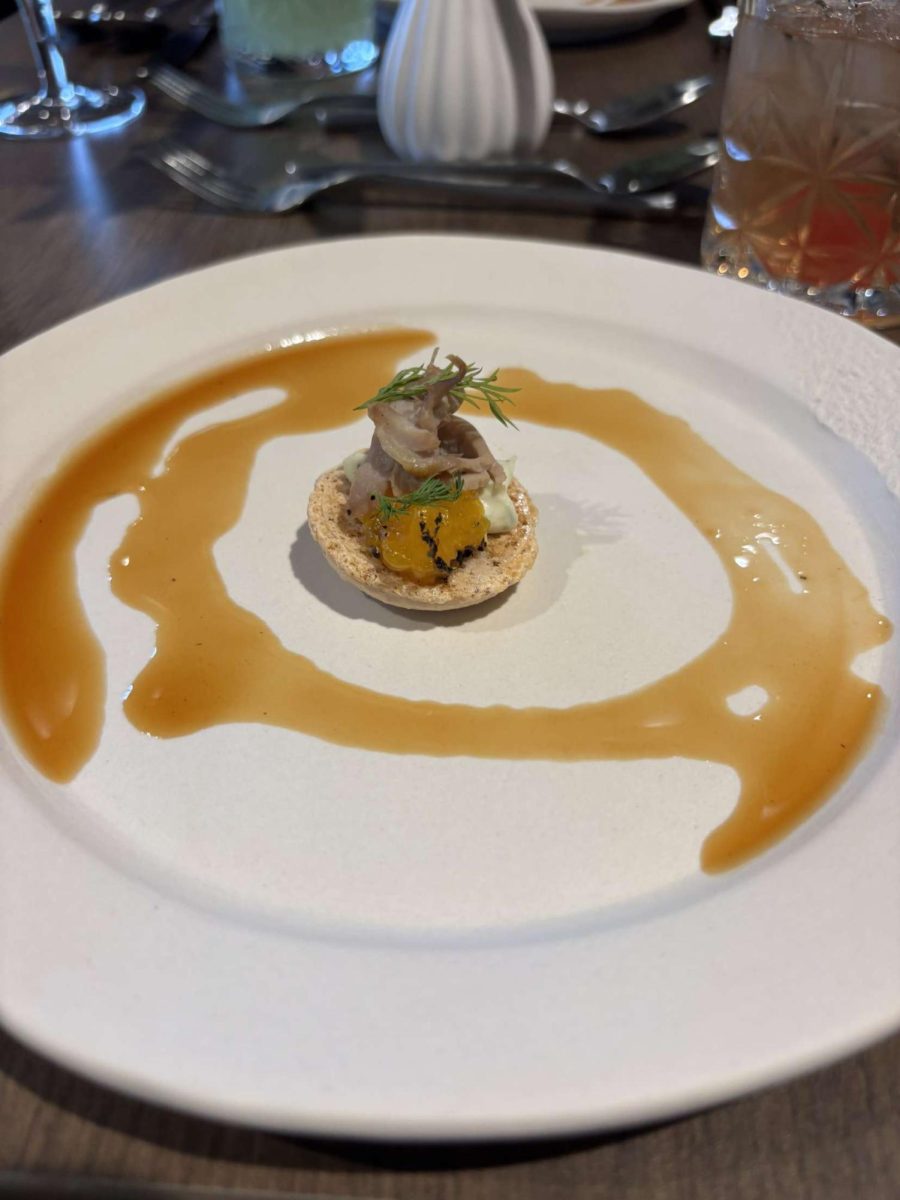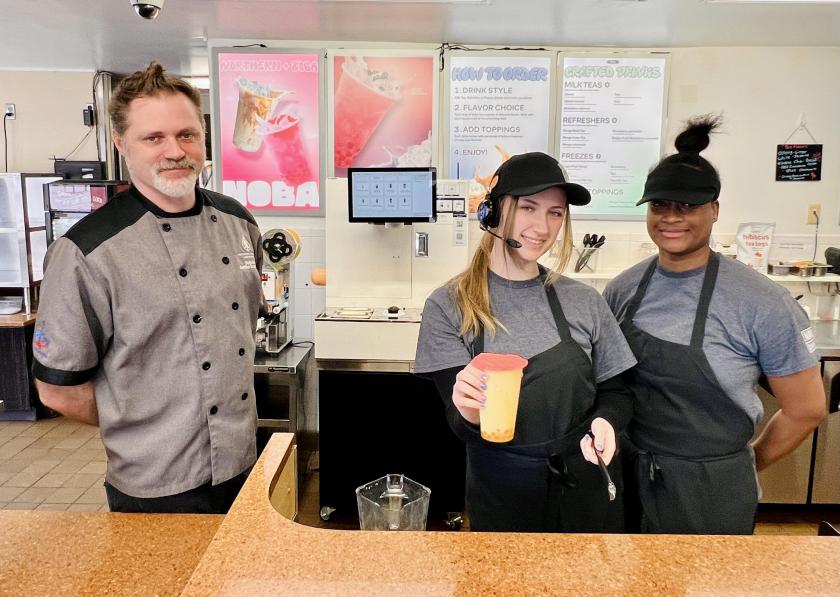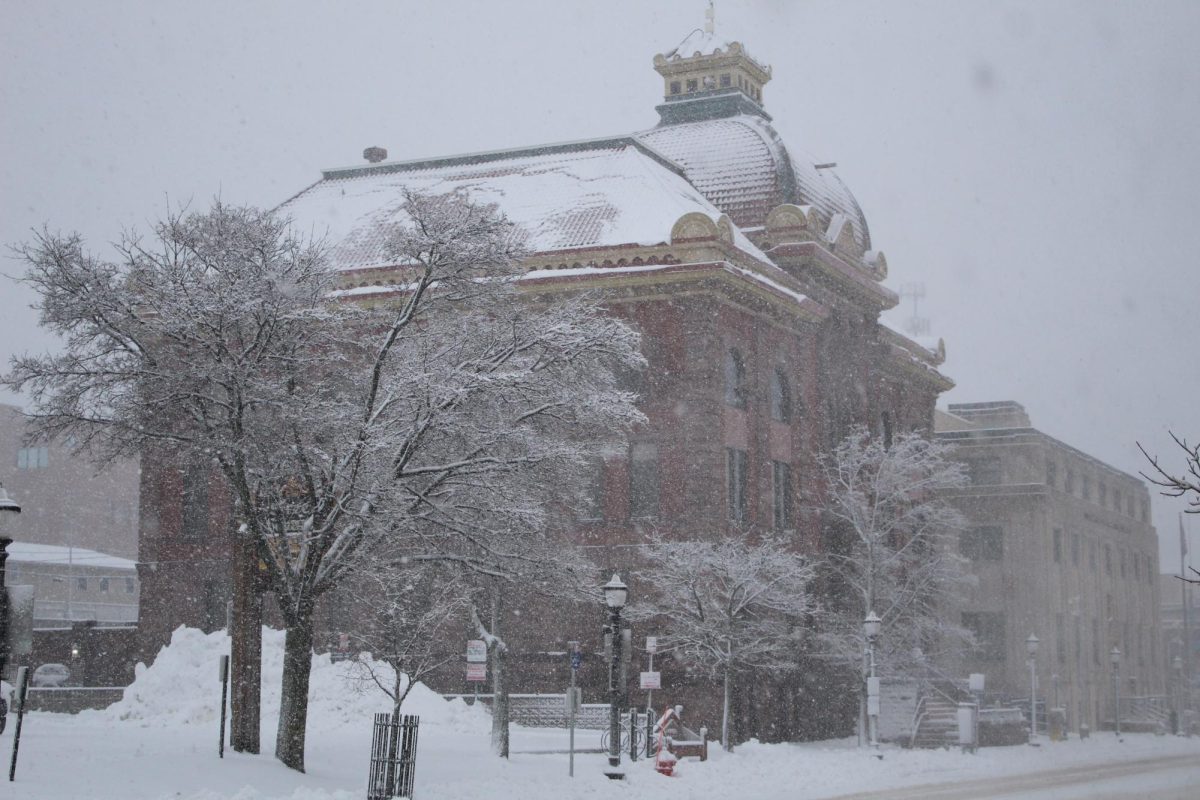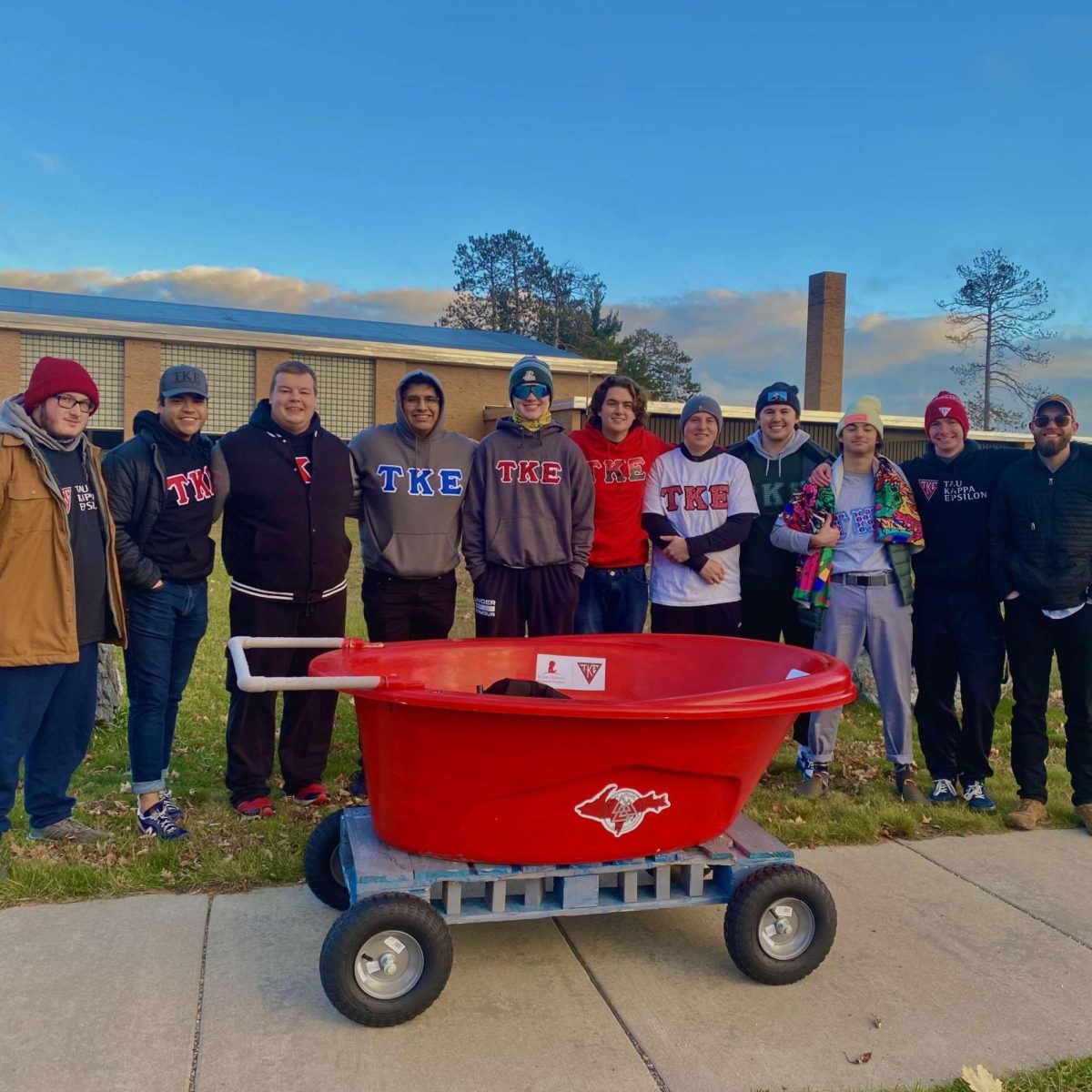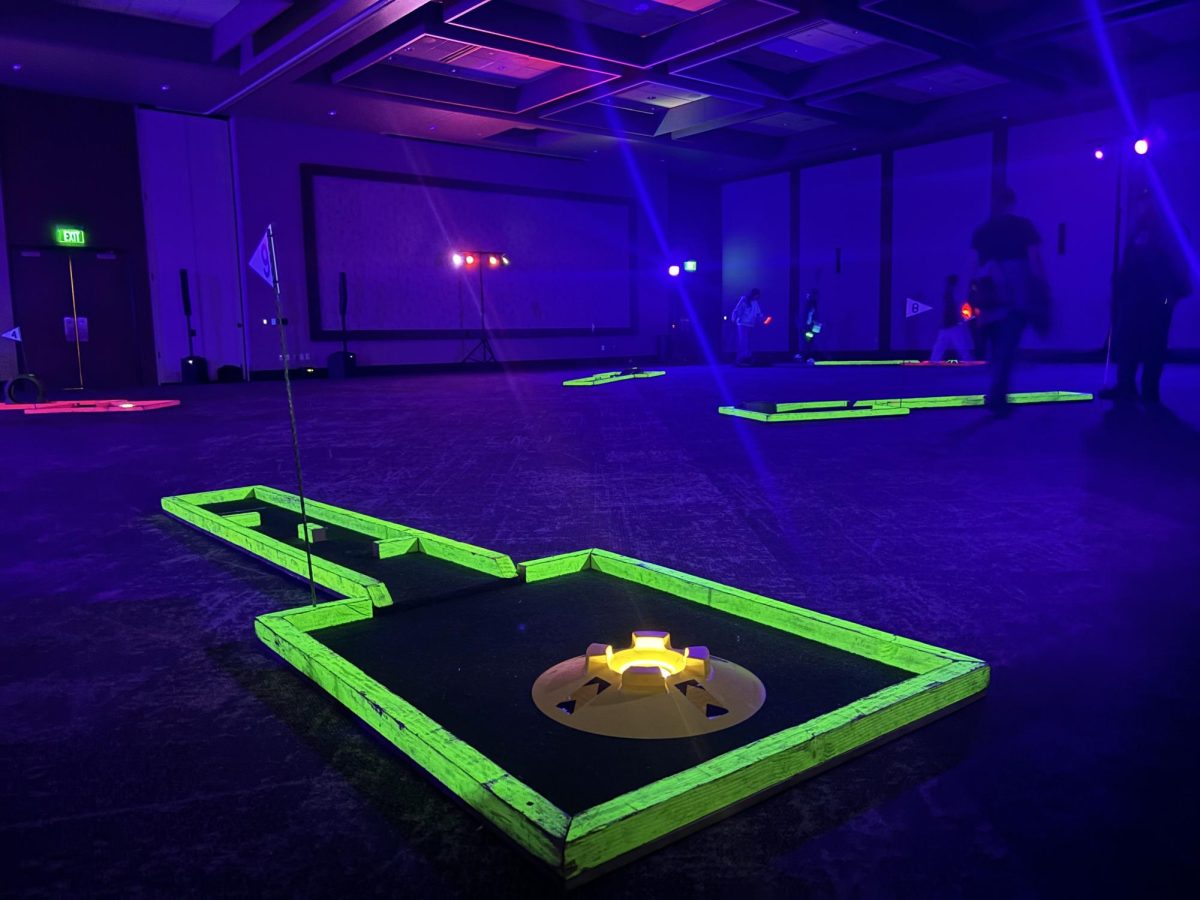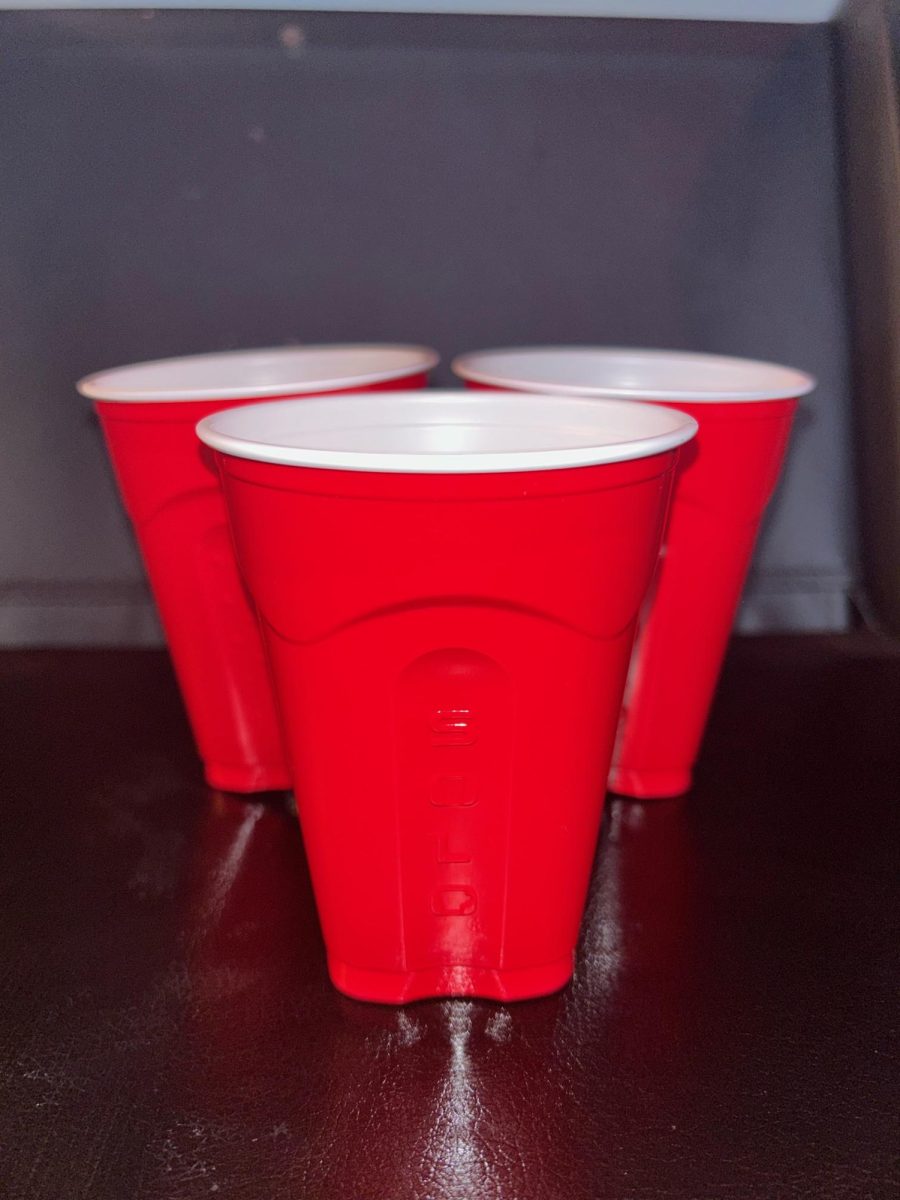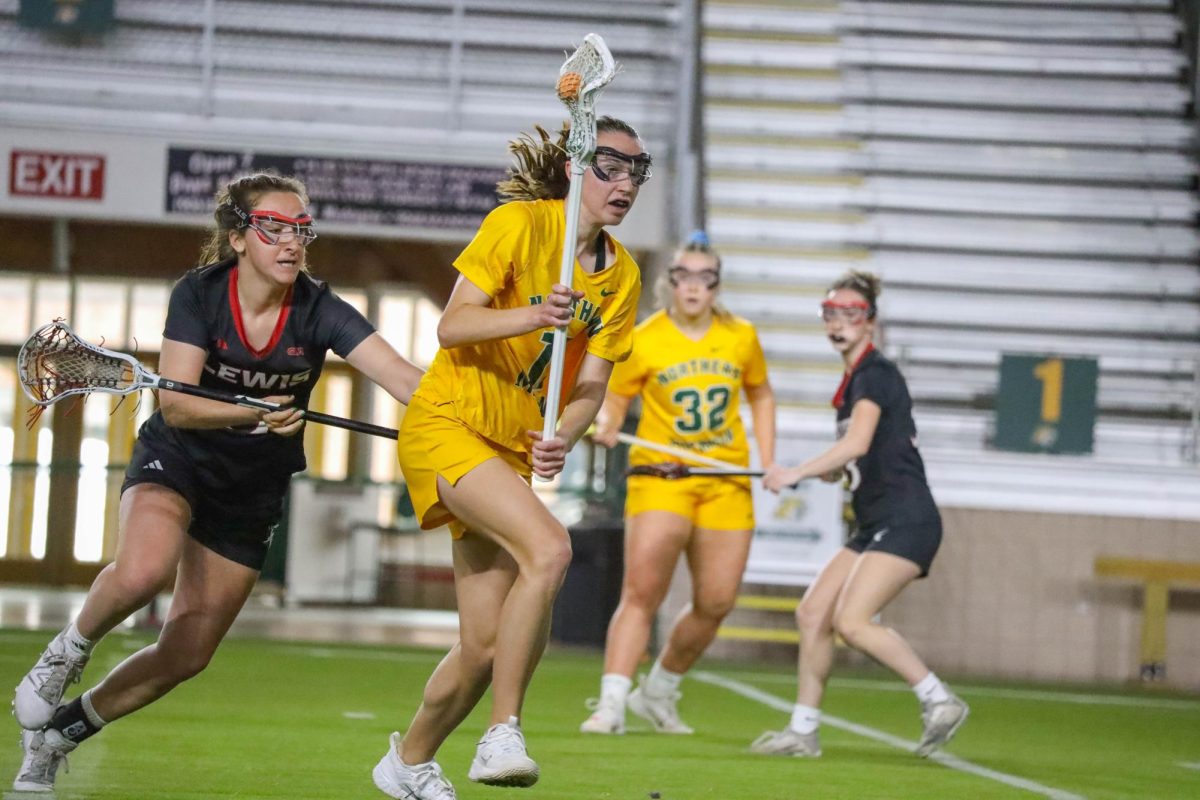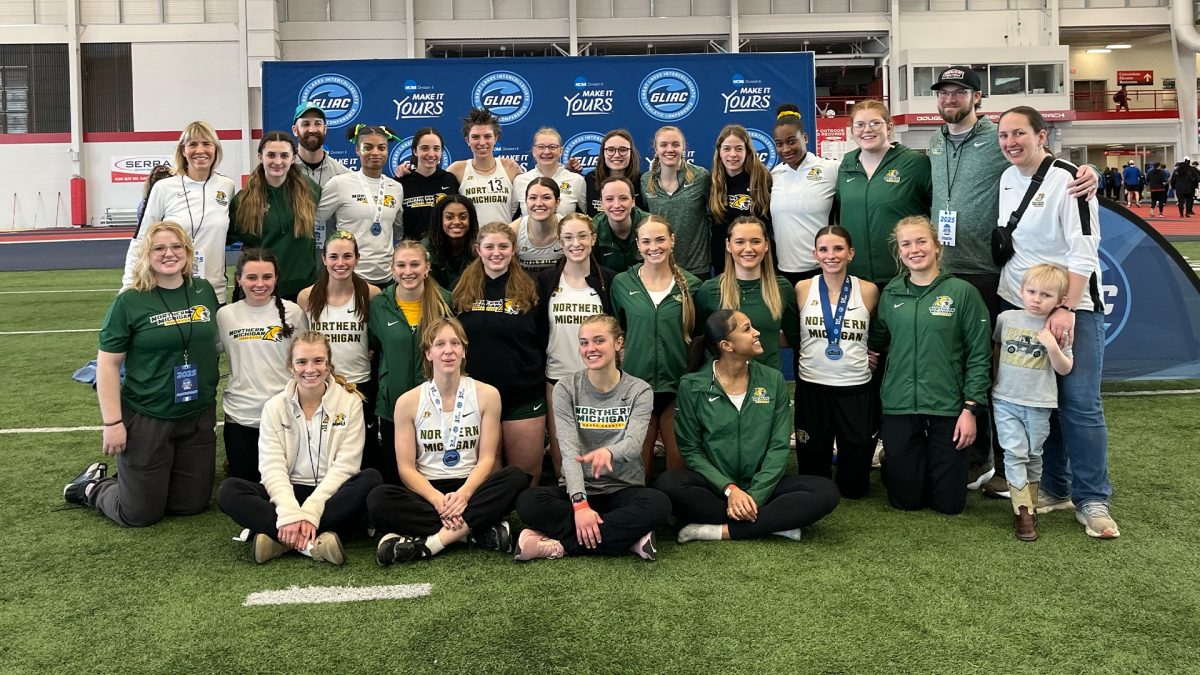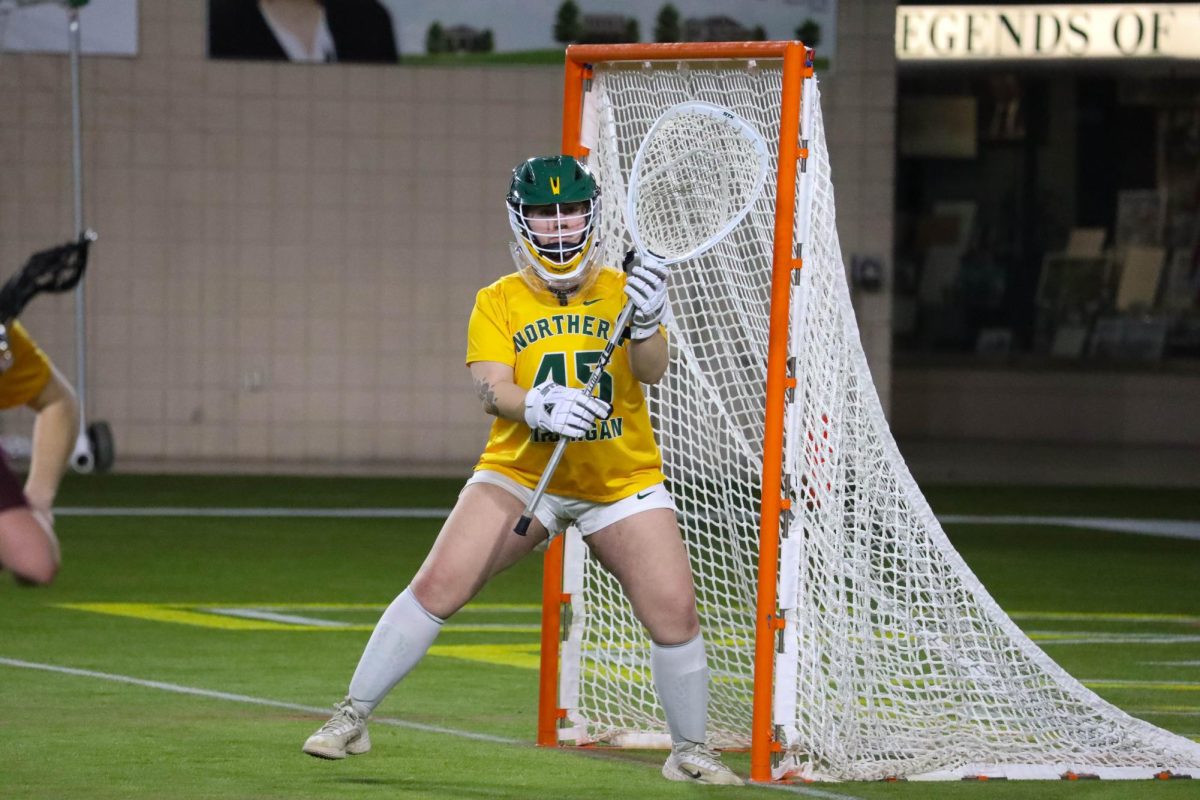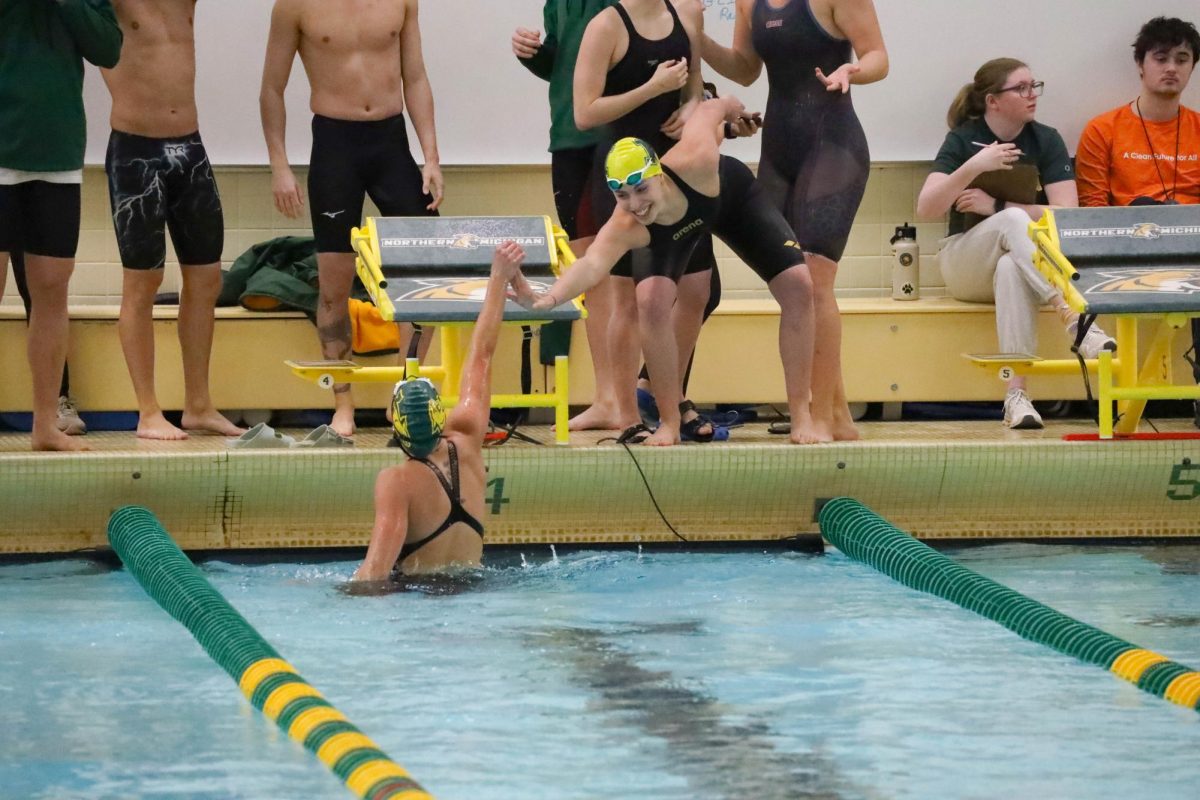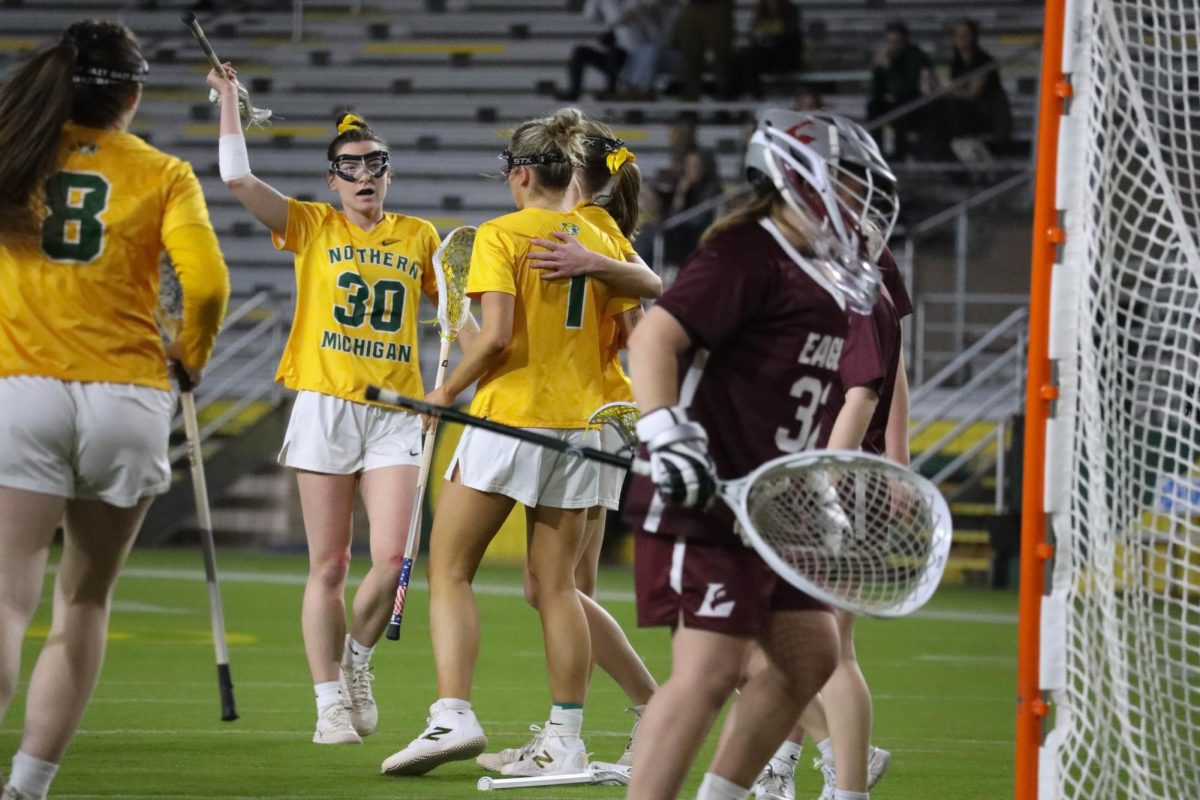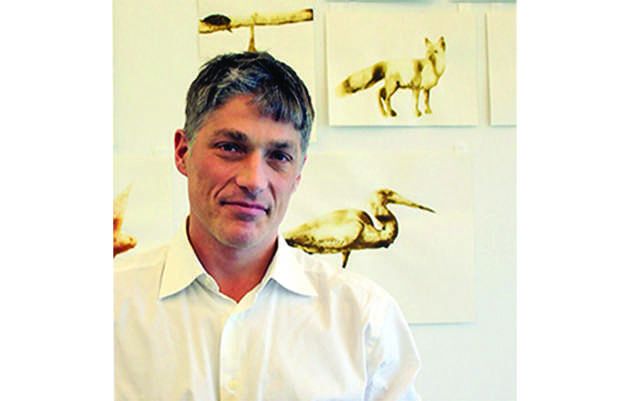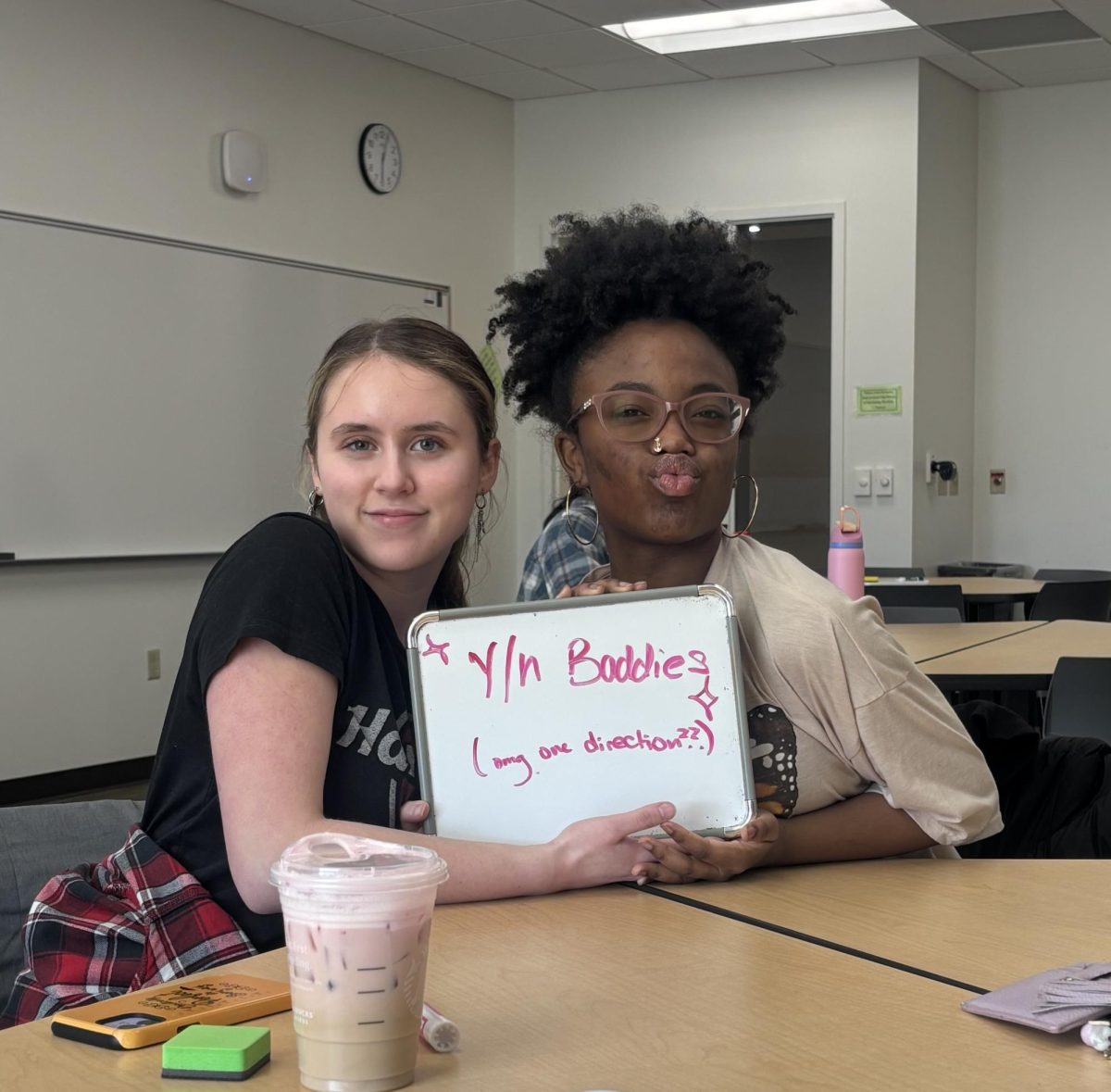One of the biggest names in contemporary American art will be visiting campus. From Oct. 18 to 20, Alexis Rockman will be an artist in residency at NMU, participating in many community events.
This New York-based artist is known for his paintings of future landscapes depicting the impact of climate change, species extinction and evolution influenced by genetic engineering. His work has been exhibited at the Smithsonian and numerous other prestigious galleries around the world.
Rockman also worked with Oscar-winning director Ang Lee on watercolor concept paintings and visual sequences for the 2012 film “Life of Pi.” At 7 p.m. Wednesday in Jamrich 1100, there will be a free, public screening of the film and Rockman will discuss his work on the movie.
Part of Rockman’s most recent project, “The Great Lakes Cycle,” is currently on display at the DeVos Art Museum. The display is a sneak peek of a larger solo exhibition that will premier at the Grand Rapids Art Museum on Jan. 27. The work examines the past, present and future of the Great Lakes, based on Rockman’s extensive research, travel within the region and conversations with environmental scientists, historians and Great Lakes specialists.
“It’s an exciting experience for the viewer… hitting on the aesthetics, the cultural discussion, the scientific research that goes into it, and the historical research,” Melissa Alan, director of the DeVos Museum, said. “It’s a well-rounded experience for the viewer.”
One of the goals of Rockman’s work and his events at Northern and in the local community is to combine art and science in a beautiful, striking way and get people to notice important issues such as conservation.
“His work crosses disciplines and allows us to have bigger conversations not just about art but also about biology, conservation, global history, and understanding the importance of all these different areas that influence the culture of the Great Lakes,” Alan said.
The DeVos exhibit includes reproductions of three of the five mural-sized oil paintings, each exploring a theme that emerged during Rockman’s field research. Several of the murals act like timelines, showing the Great Lakes from prehistoric times transitioning to modern day.
NMU biology professor Jill Leonard was one of the scientists Rockman sought out for research. They collaborated on themes for the paintings, and have been communicating since summer 2014. Rockman’s upcoming visit is sort of a thank you for the faculty’s assistance, Leonard said.
“[Rockman asked] ‘What are big issues here?’” Leonard said. “So we talked about how change is one of the guiding lights for thinking about the Great Lakes: natural change, anthropomorphic change. It’s changing all the time.”
She helped answer his questions, and he even sent her early renditions of the artwork in order to completely nail down the biological details, like the look of native and extinct species and the harmful effects of botulism in the ecosystem.
“He is not a scientist, yet he fully appreciates science and wants to show it and show the environment and the effect of humans,” she said. “His role is to make the science accessible to people.”
Each of the paintings has an explanation key, so that viewers can identify the specific animals and other figures included in the murals.
The exhibit also includes an assortment of Rockman’s “field drawings.” Rockman drew these using acrylic polymer mixed with sand or coal taken directly from the ground beneath him, mixing natural materials into the medium as he captured the shapes of native and invasive species.
“When you look at those fish, those are very specific fish, those are specific insects and birds… They’re absolutely art, but they’re much more than art…” Leonard said. “He tells you what they are, but he doesn’t say why they’re there. It’s up to you to put the story together.”
Rockman will teach as many as 80 students to make their own field drawings during an art workshop at Presque Isle Pavilion on Oct. 19. The students will be from both art and design and biology, paired to work together. The students’ art will then be displayed in the Olson Library Oct. 21 to 31.
Rockman and Leonard will also work with local K-12 school teachers to give them lesson plans and materials to be able to use Rockman’s work to better illustrate and explain scientific history in their classrooms.
Among a number of students and faculty, Rockman’s arrival is highly anticipated.
“To have him here almost doesn’t even make sense,” Taimur Cleary, painting and illustration professor, said. “It’s such a cool thing to have him actually here. He’s a professional artist, in a bunch of textbooks. I use him in my class all the time.
“He’s a perfect fit to come to Northern.”
Leonard and Cleary will preview Rockman’s work at “Science on Tap” this Thursday, Oct. 12.
Visit the website events.nmu.edu/alexis-rockman for a full list and description of events with the artist.



